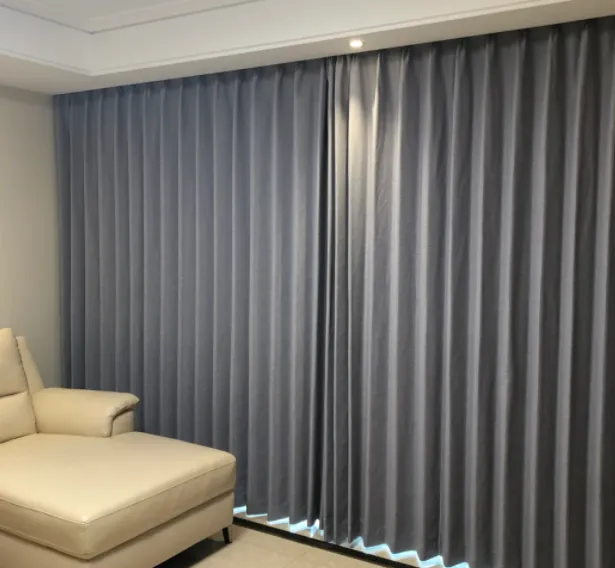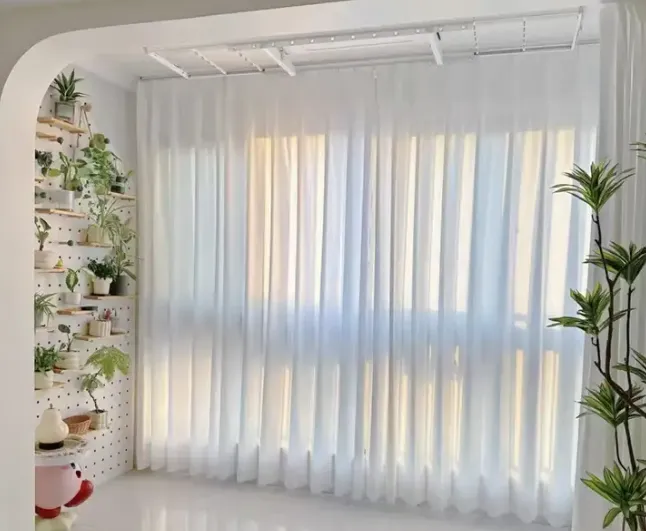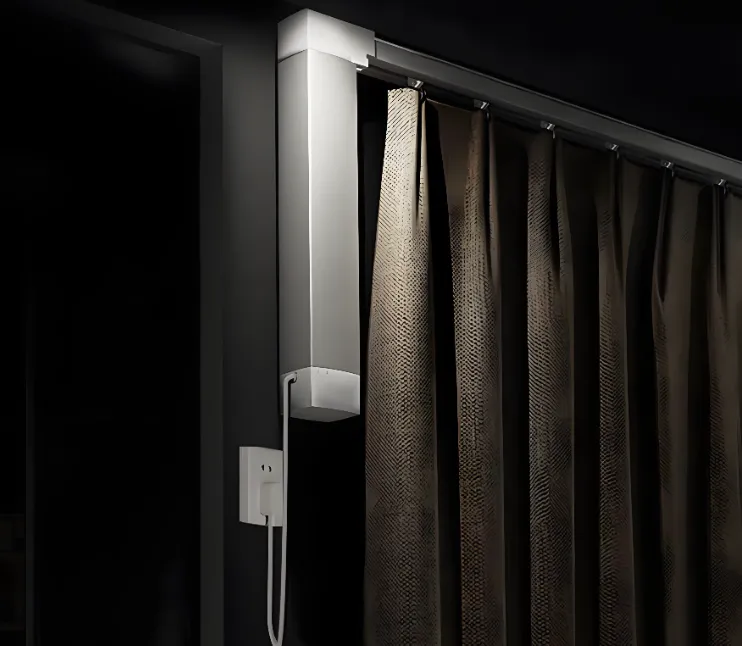Hospital Cubicle Curtains: Essential Infrastructure for Healthcare Settings
In modern healthcare facilities, hospital cubicle curtains are far more than simple space dividers—they are critical components of the healthcare ecosystem, integrating functionality, safety, and patient-centric design. Their role extends across infection control, privacy protection, and operational efficiency, making them indispensable in wards, emergency departments, intensive care units (ICUs), and outpatient clinics.
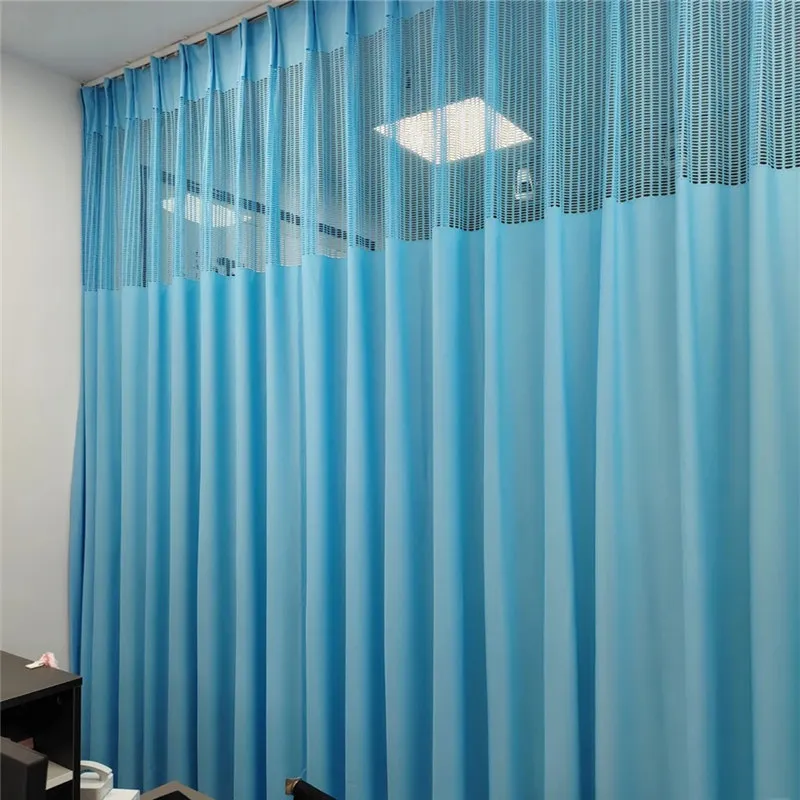
1. Core Functional Requirements
1.1 Infection Prevention and Control
1.2 Patient Privacy Protection
1.3 Space Optimization and Operational Flexibility
Healthcare facilities often face space constraints, and cubicle curtains offer a cost-effective solution for dynamic space division. In large wards or emergency observation areas, curtains can quickly partition open spaces into individual cubicles, adapting to fluctuating patient volumes. The track systems for hanging curtains are designed to be flexible—they can be installed in straight, L-shaped, or U-shaped configurations to fit the layout of different rooms. Some advanced track systems also feature detachable components, allowing for easy reconfiguration when medical equipment (such as patient lifts or ventilators) needs to be moved.
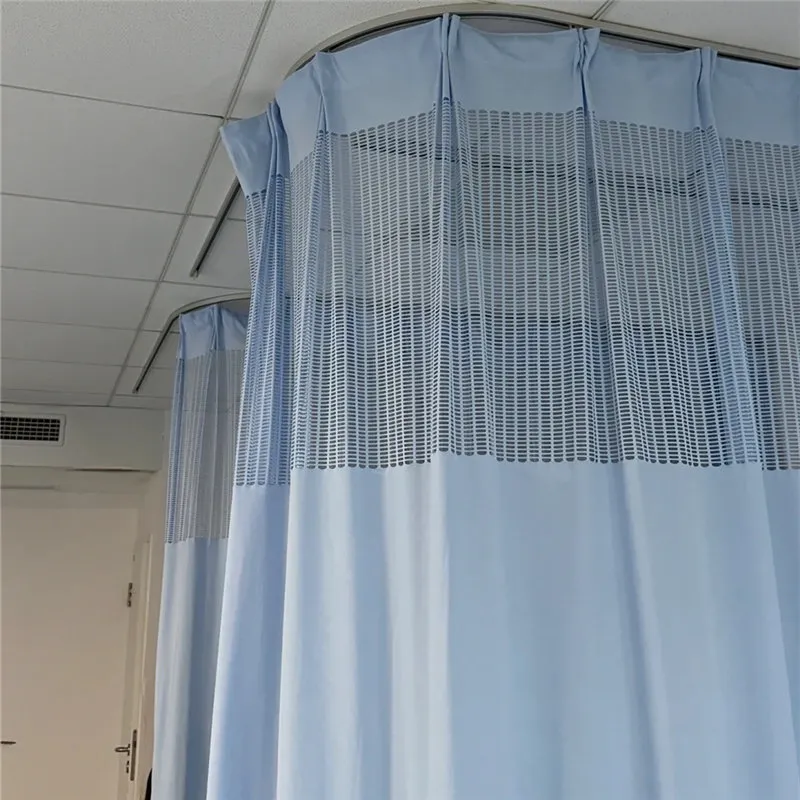
2. Material and Technical Standards
2.1 Fabric Selection Criteria
- Polyester Blends: The most widely used material for standard cubicle curtains, polyester blends (often 100% polyester) offer excellent durability, with a tensile strength of at least 200N/5cm, ensuring resistance to frequent opening and closing. They are also wrinkle-resistant and can withstand high-temperature washing (60-90°C)—a requirement for effective disinfection in healthcare settings.
- Vinyl (PVC): Ideal for humid areas like bathroom showers or dialysis units, vinyl curtains are 100% waterproof and easy to wipe clean with disinfectant solutions. They are also resistant to mold and mildew, making them suitable for environments with high moisture levels.
- Disposable Non-Wovens: Composed of polypropylene or polyethylene, these curtains are lightweight, sterile, and cost-effective for short-term use. They meet the standards of the International Organization for Standardization (ISO) 13485 for medical devices, ensuring compliance with global healthcare regulations.
2.2 Safety and Compliance Standards
- Flame Retardancy: Cubicle curtains must adhere to strict fire safety standards to protect patients and staff. In the United States, this means meeting NFPA 701 (Standard Methods of Fire Tests for Flame Propagation of Textiles and Films), which requires curtains to self-extinguish within 2 seconds after the removal of the ignition source. In the European Union, the EN 13501-1 standard classifies curtains as "B-s1, d0" (low flammability, low smoke emission, no dripping) to ensure safety in enclosed spaces.
Chemical Resistance: The fabric and finishes of cubicle curtains must be resistant to common healthcare chemicals, including chlorine-based disinfectants, hydrogen peroxide, and alcohol. This ensures that the curtains' performance (such as antimicrobial properties and flame retardancy) remains unchanged after repeated disinfection cycles.
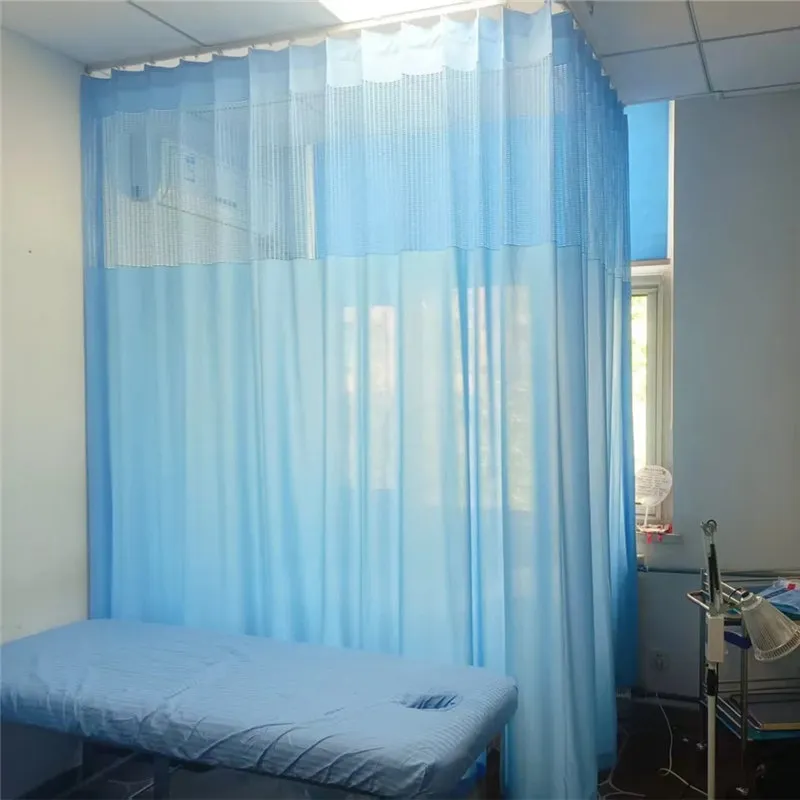
3. Maintenance and Replacement Protocols
